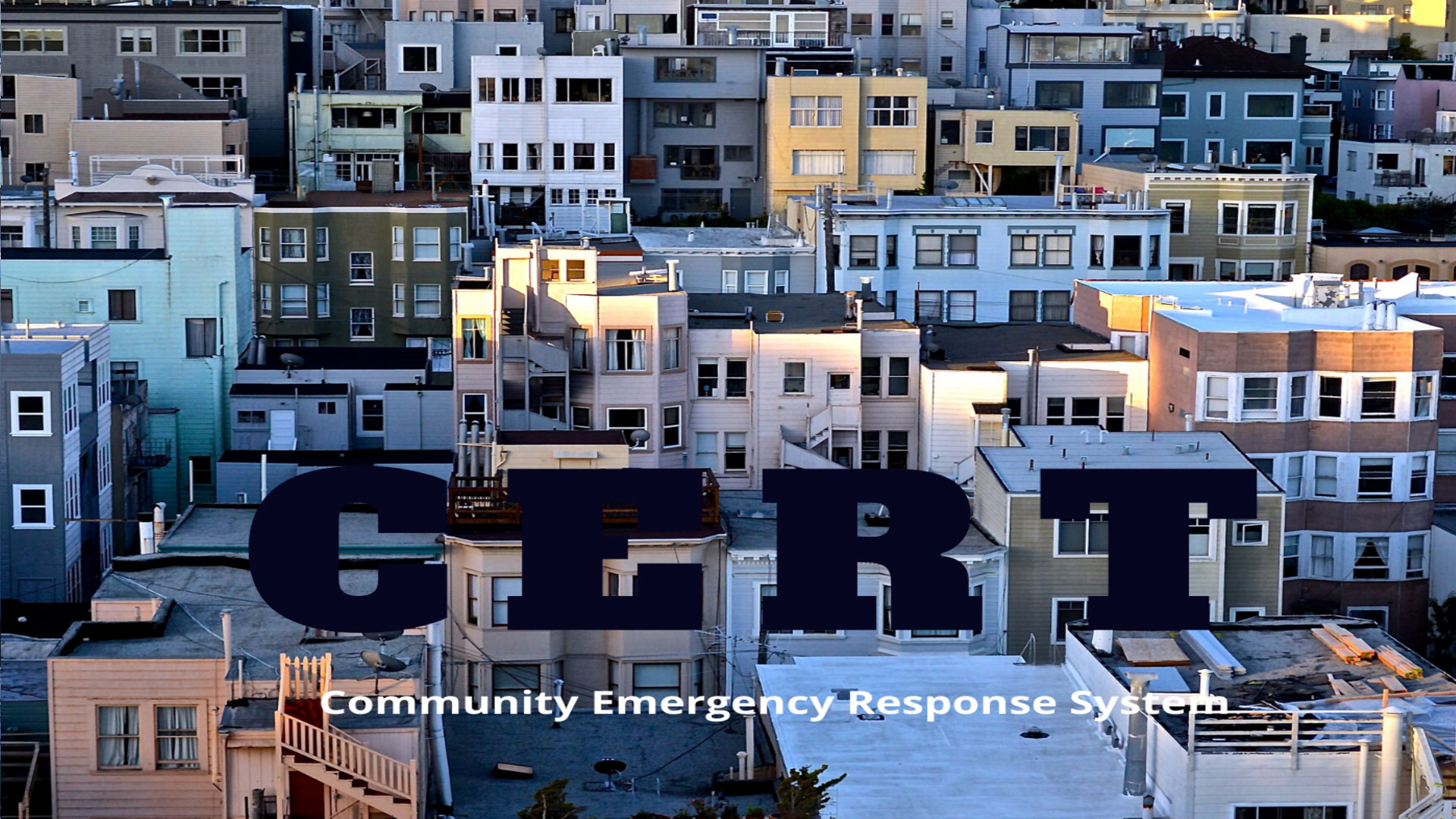Services
Community Emergency Response Team (CERT) Training and Certification
The objective of this course is to provide advance training for individuals and community volunteers for disaster preparedness and risk management. Alpha-1 Technical Training and Consulting Services following international curriculum, ensures that the participants by the end of the course are fully aware of the hazards that can be brought by the disasters within their area and its neighboring surroundings. They will also be fully equipped with the skills needed to respond such as fire safety, search and rescue, and medical operations.
“You are the help until it arrives” as per Federal Emergency Management Agency (FEMA) in its call for community volunteers. Alpha-1 Technical Training Instructors are FEMA certified and encourages volunteers to assist and be trained together with the first responders when disaster strikes.
You’ll learn basic first aid skills and triage, for example; but will also be instructed to radio instructions back to central command if the medical problem is serious enough for a professional.
CERT is a very helpful introduction but to a level where you can be certified as an EMT or a firefighter usually requires at least 120 hours of training.
The course is broken into sections:
- Preparedness - This includes specific disaster risks most relevant to your local community.
- Fire Safety – This includes identification of Hazardous Materials, put out a small fire, fire gear, and equipment.
- Medical Operations – Basic First Aid and CPR, Triage and assessment, bleeding control, and basic logistics of emergency medicine.
- Search and Rescue – This includes rescue techniques, assessment of damage, and sweep areas subject for search.
- CERT Organization – This includes Incident Management System, logistics of emergency operations and team organization, and communications.
- Psychology – This includes the affecting behaviour of victims, first responders, and yourself during emergency.
- Terrorism –This tackles the type of attack that has occurred (chemical, nuclear, etc.) and standard operating procedures.
- Review and Simulation - Written and practical simulation exam that utilizes all of the previous skills.
Some communities add extra pieces. For example, the official FEMA course touches on CPR-like skills, such as tilting a victim’s head to open an airway, but it does not qualify you for a CPR certification because they generally don’t think person-by-person CPR is worthwhile in a mass-casualty event. However, some communities add on a little extra to qualify you for CPR at the same time.
Some preppers report that their local classes also include complimentary skills like land navigation, amateur (ham) radio, 911 call center operations, mass casualty management, and animal welfare.
